The vaulted crypt, tidied up in the 19th century, now houses the tombs of the Medici grand dukes and their families, from Cosimo I, Grand Duke of Tuscany to his wife Eleanor of Toledo, Cardinal Giancarlo de’ Medici to Vittoria della Rovere to the revered Anna Maria Luisa de Medici, the last heir of the Medici dynasty, to whom Florence owes the protection of its many treasures.
Check out “Medici Chapels“
The crypt has a low ceiling and bare walls, a far cry from the splendor one might expect when it comes to Florentine rulers as illustrious and powerful as the Medici. Their modest tombs are little more than plaques inlaid in the pavement with metal barriers that surround them serving as the only indication that they’re something worth preserving.
For example, even the tomb of young Cosimo, Grand-Prince of Tuscany, is simply tucked away between a robust pillar. The simple tombstone and statue of Ana Maria de Medici stands near the entrance.
In the center of the crypt is a permanent exhibition featuring the Treasure of San Lorenzo, consisting of reliquaries, liturgical vestments, ceremonial objects as well as various pieces related to the Medici family including effigies, medallions, jewelry, rock crystal, and semi-precious stone vases, silvers, and other precious applied art pieces.
All great examples of Renaissance and Baroque goldsmith’s art, they were collected by the Medici throughout their time in power through purchases and donations, especially objects given by Pope Clement VII and Pope Leo X, both members of the family, and later donated to the parish.
Medici Chapels: Piazza Madonna degli Aldobrandini 6 (at the back of the Basilica of San Lorenzo), Florence, Italy. Open daily, 8:15 AM to 2 PM (ticket office closes at 1:20 PM). Closed on the 2nd and 4th Sunday of every month and 1st, 3rd and 5th Monday of every month as well as New Year’s Day, May 1 and Christmas. Admission: €8,00. Free entry for all visitors on the first Sunday of every month between October and March.

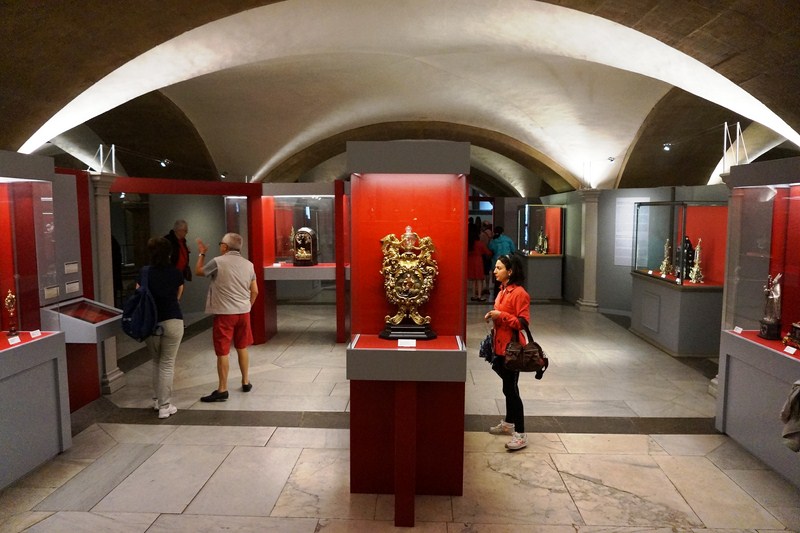
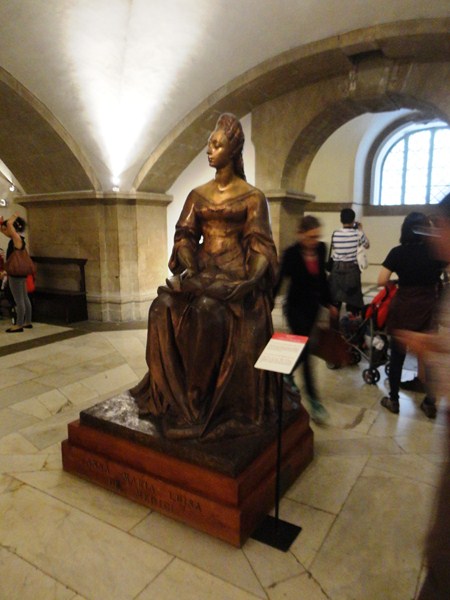

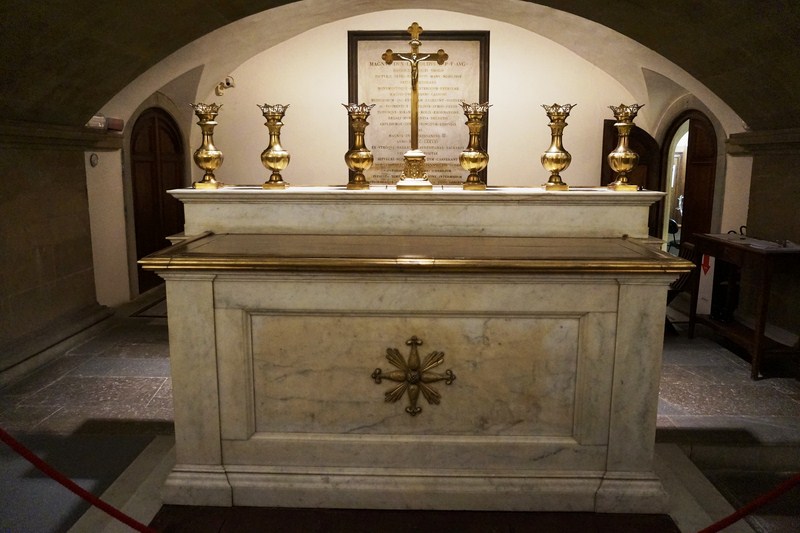
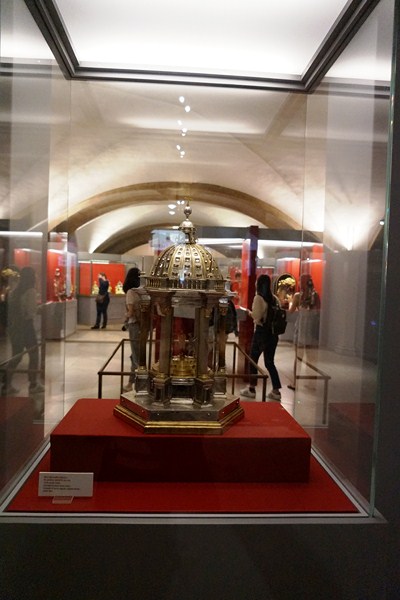
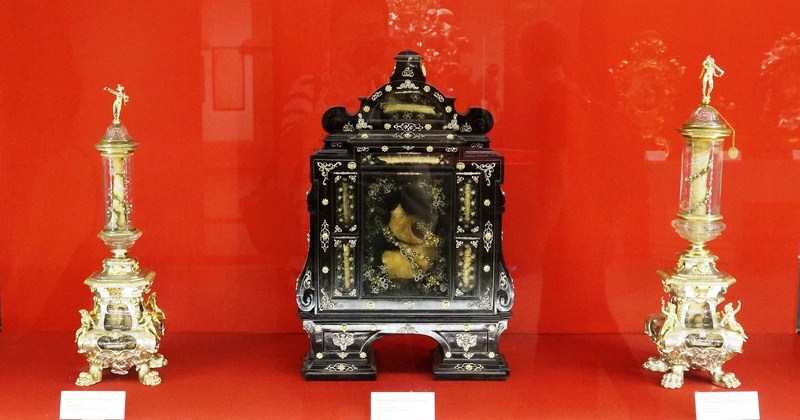
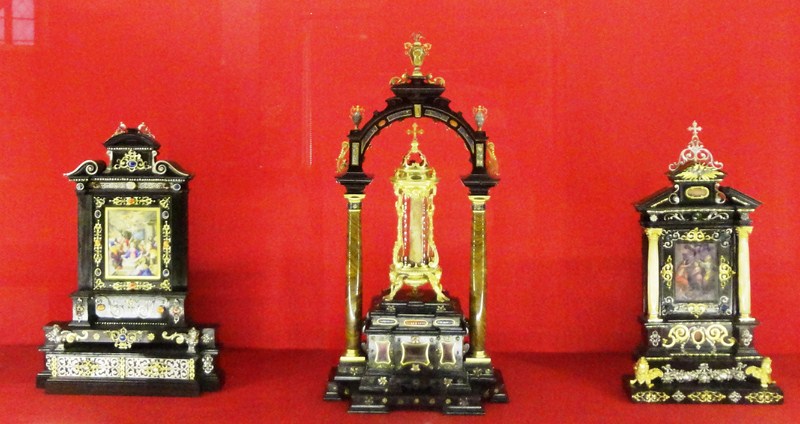
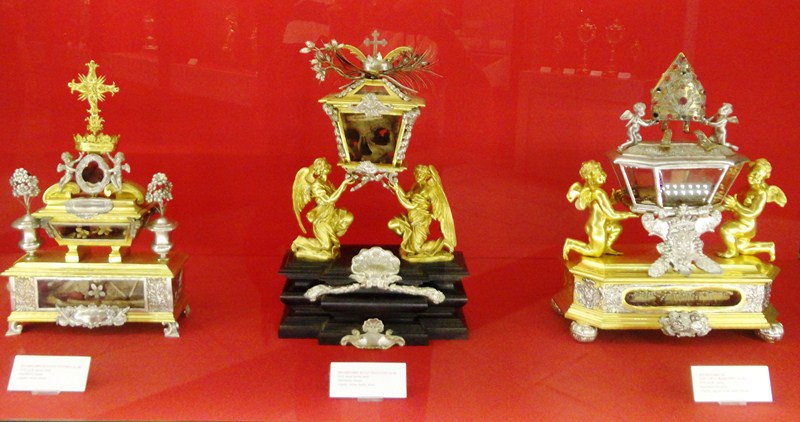
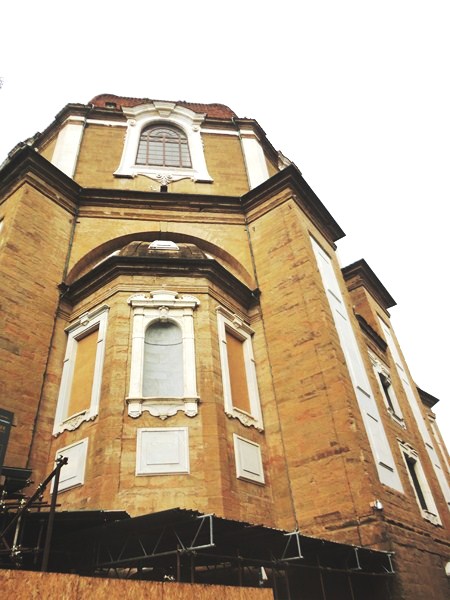
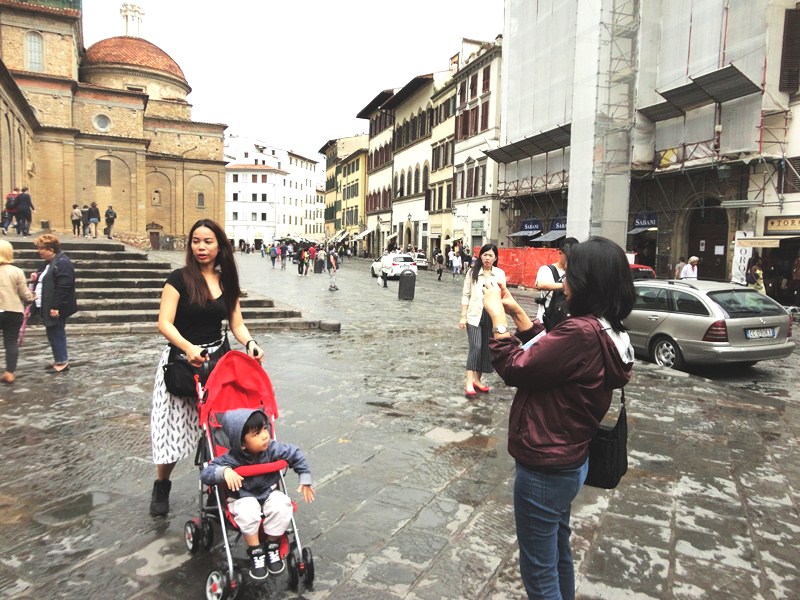

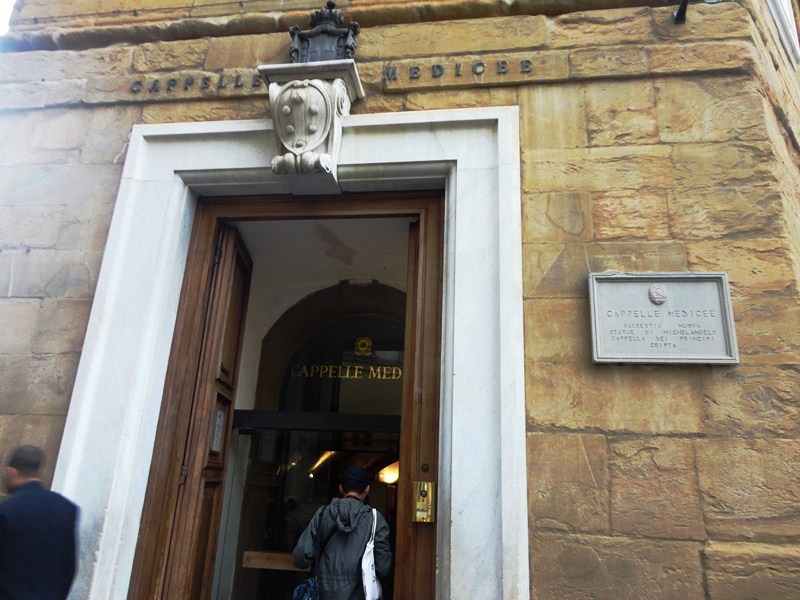
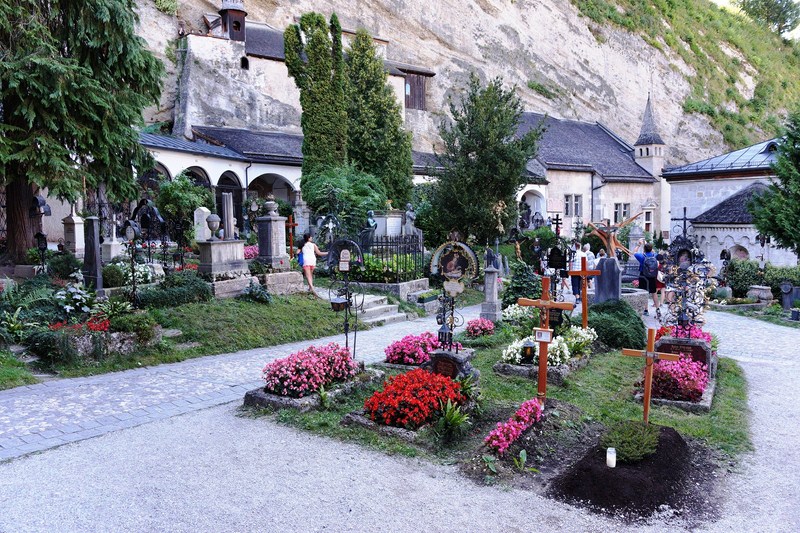

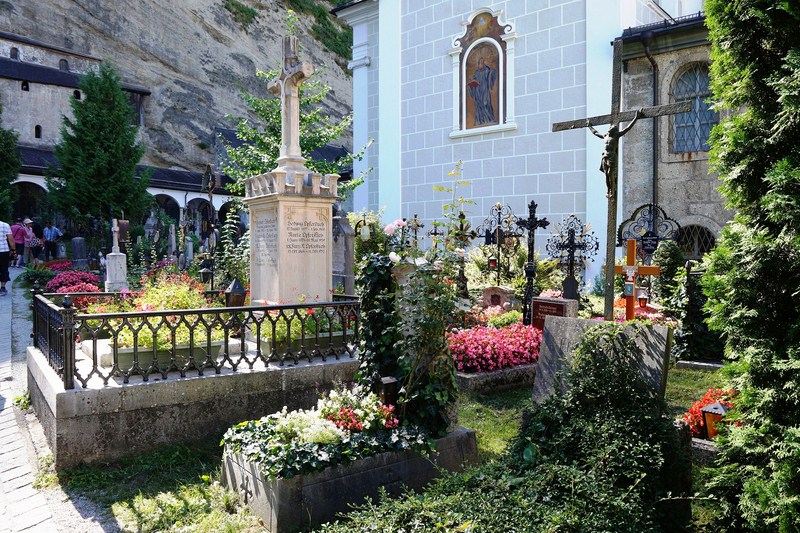
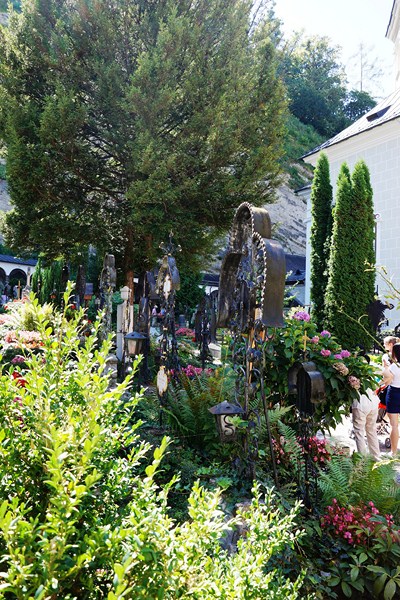
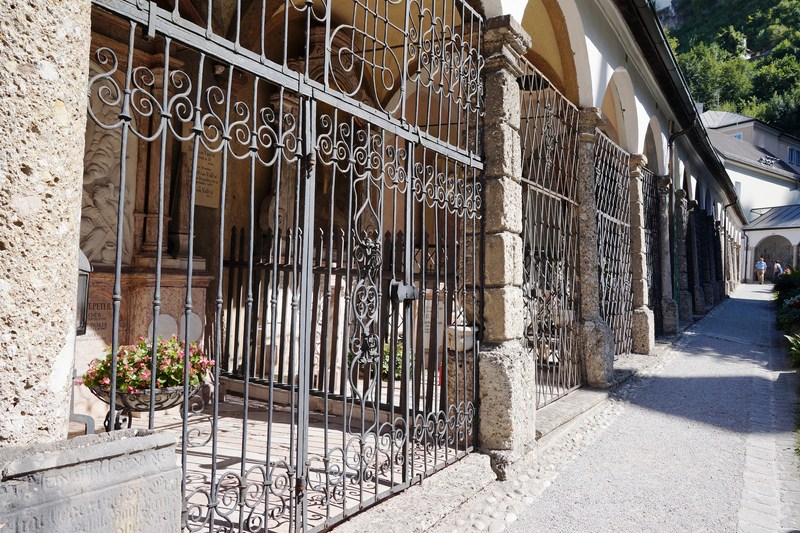
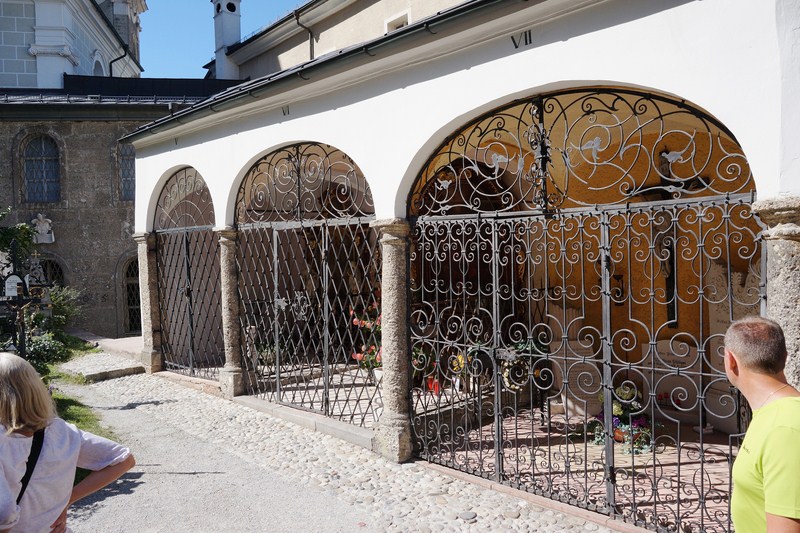
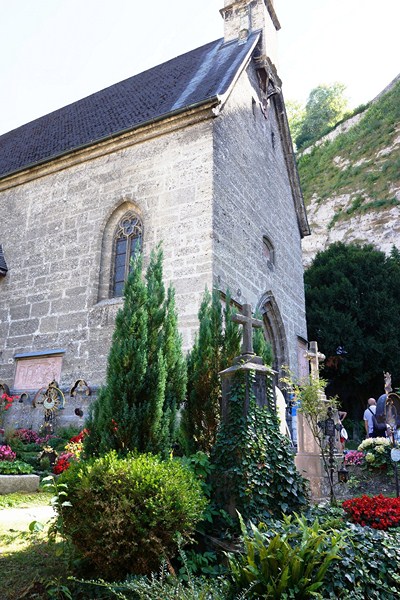
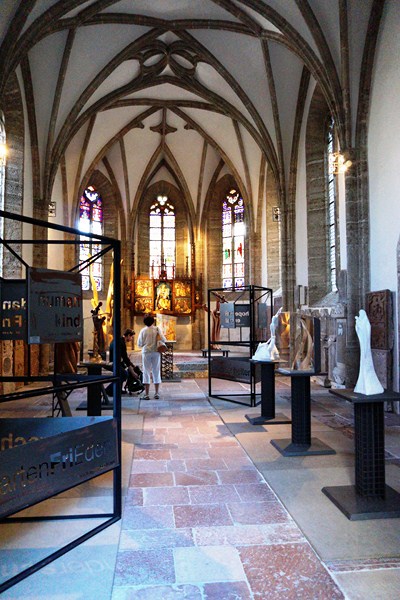
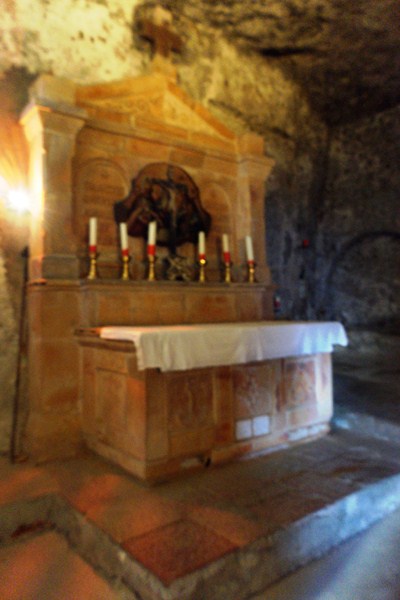
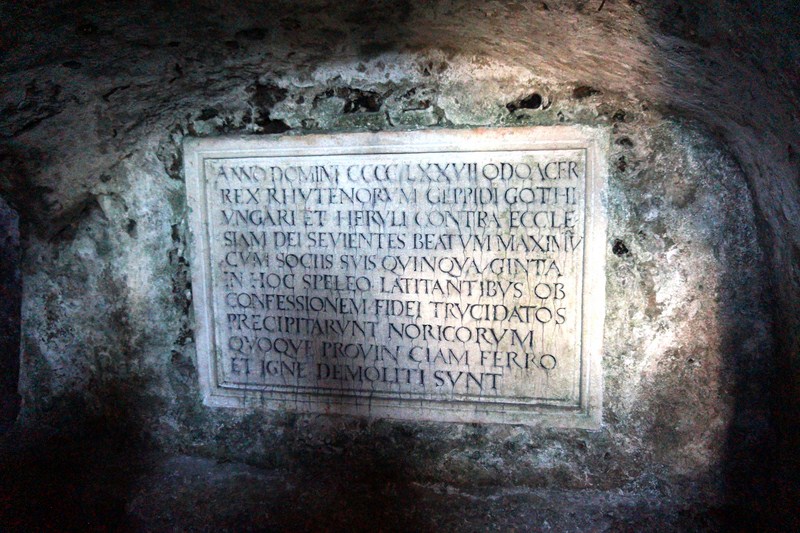
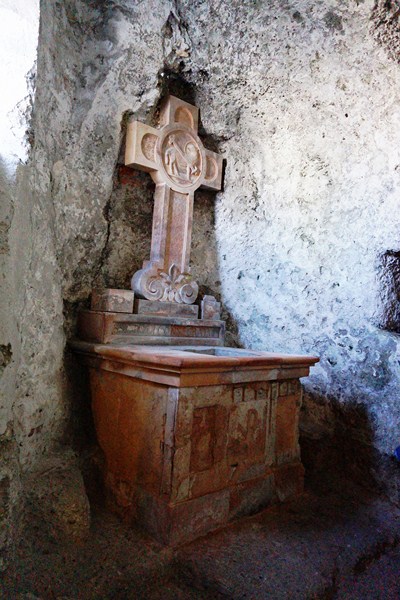
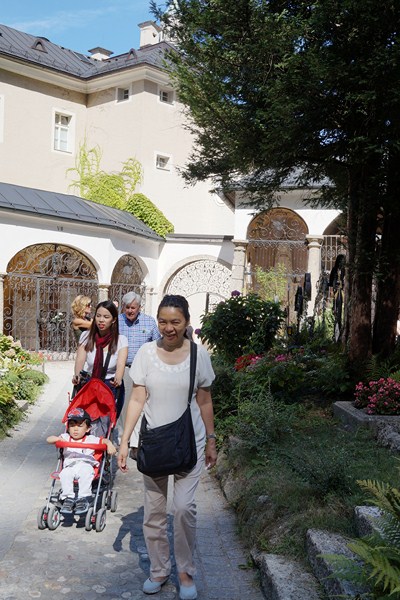
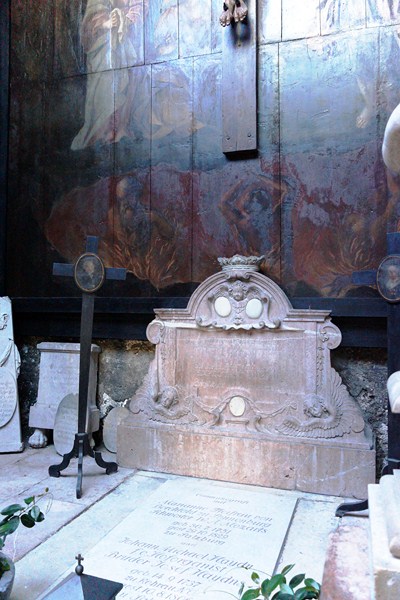
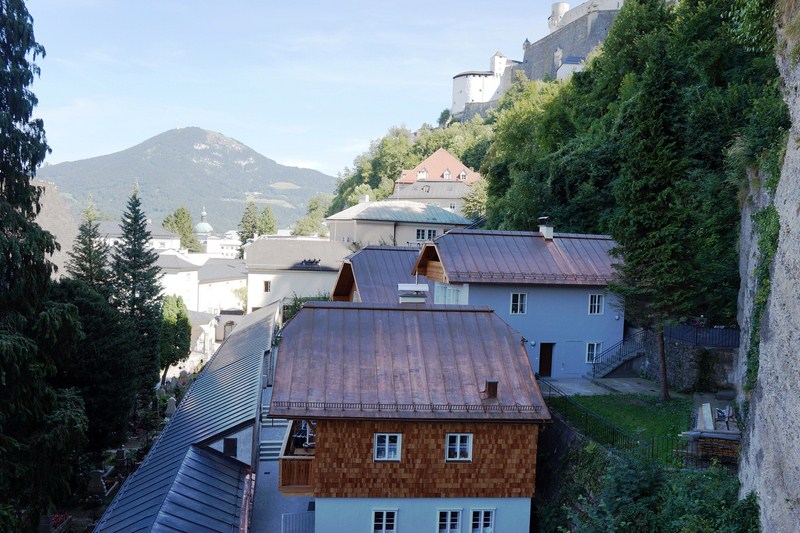
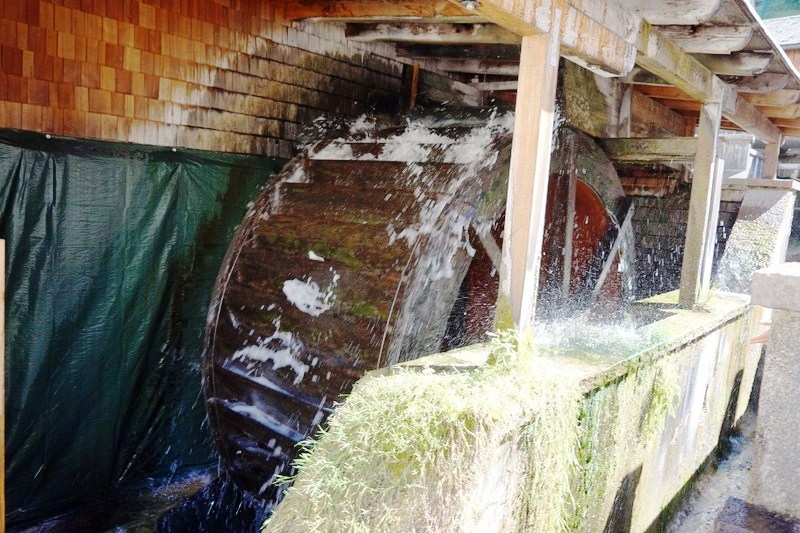
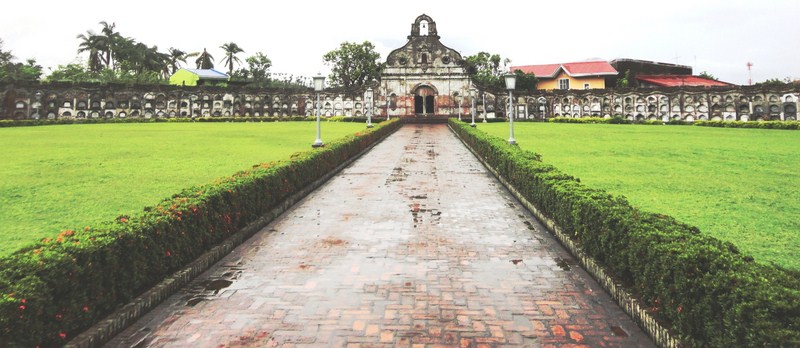
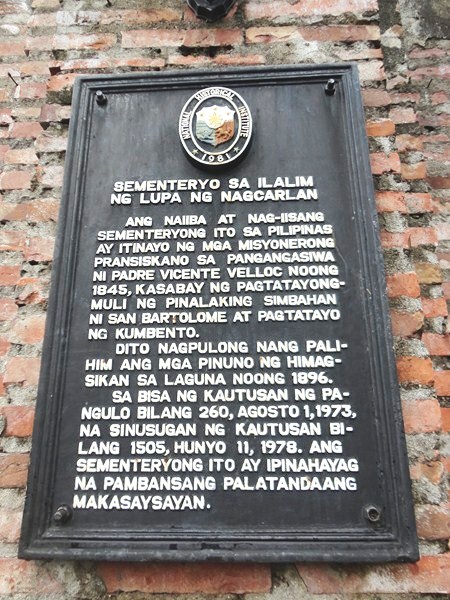
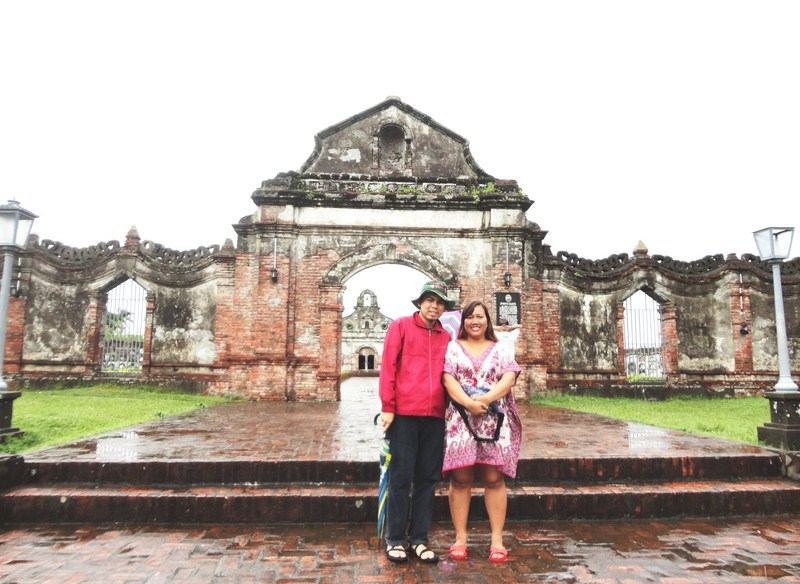
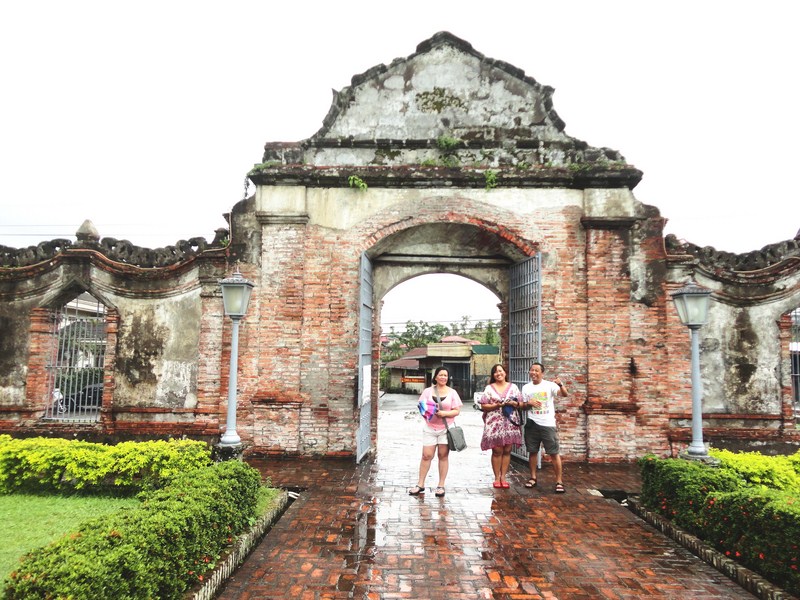
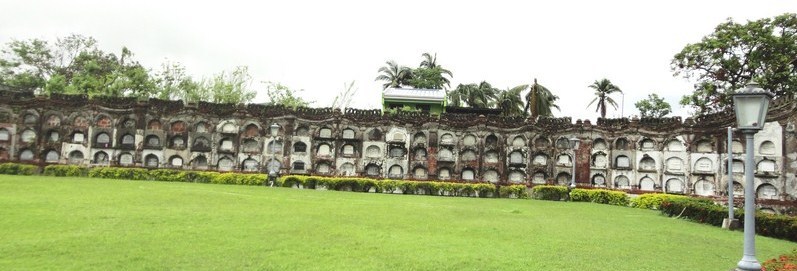
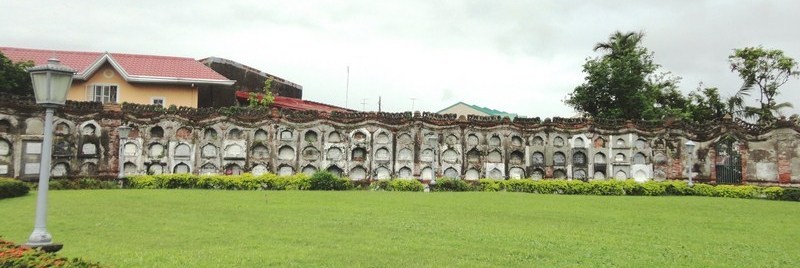
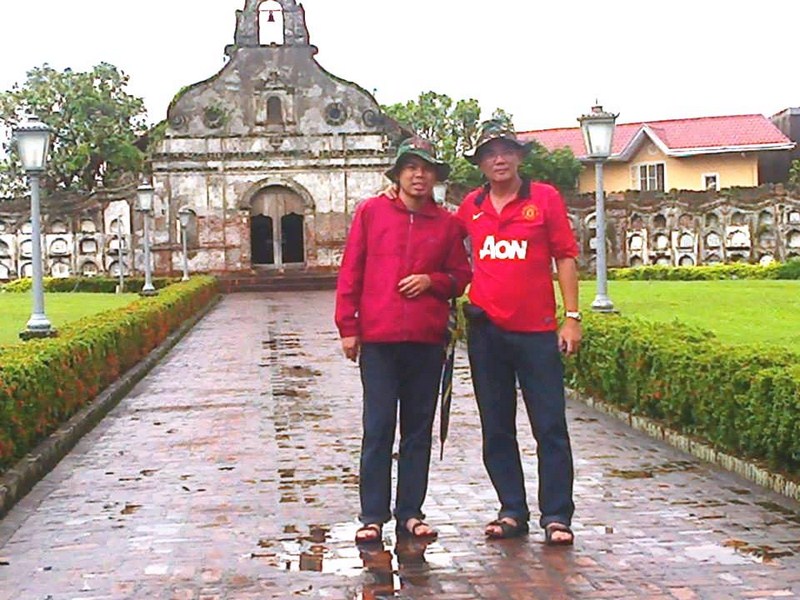
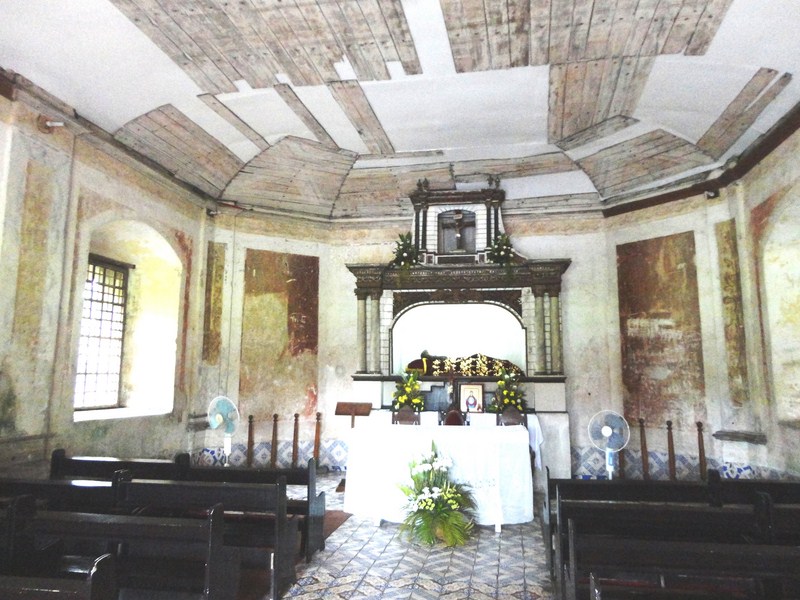
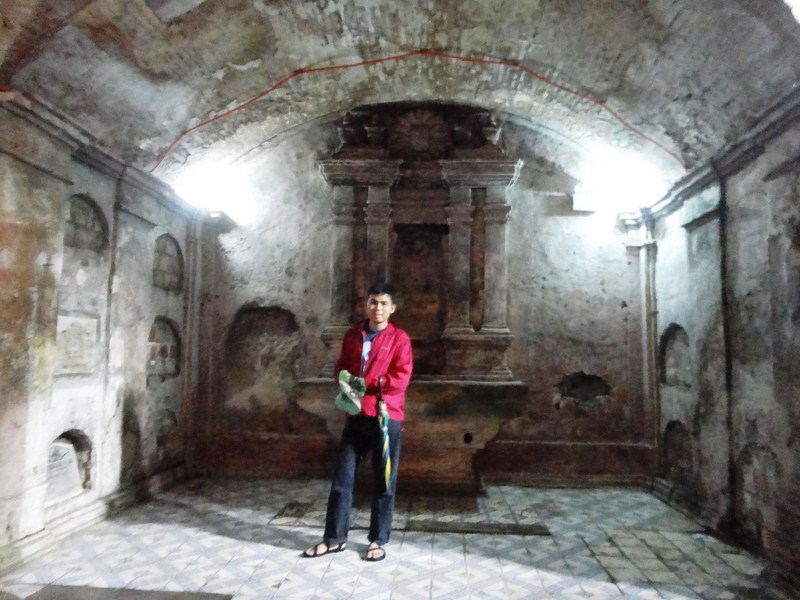
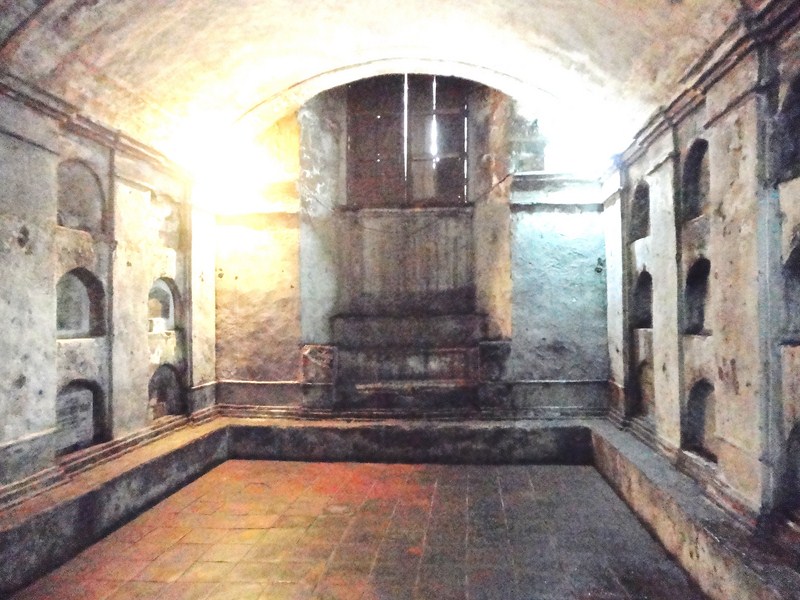
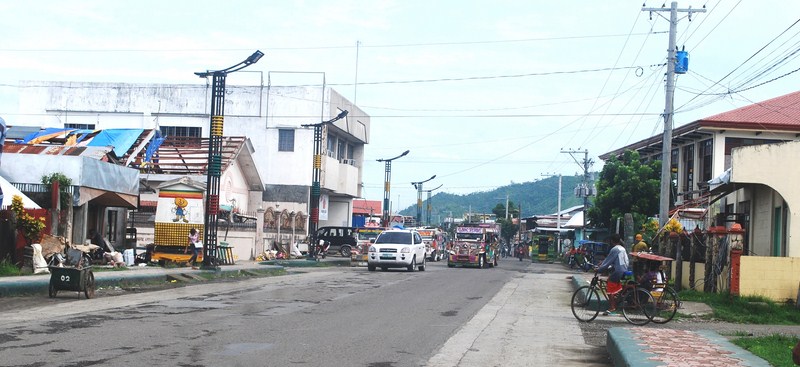
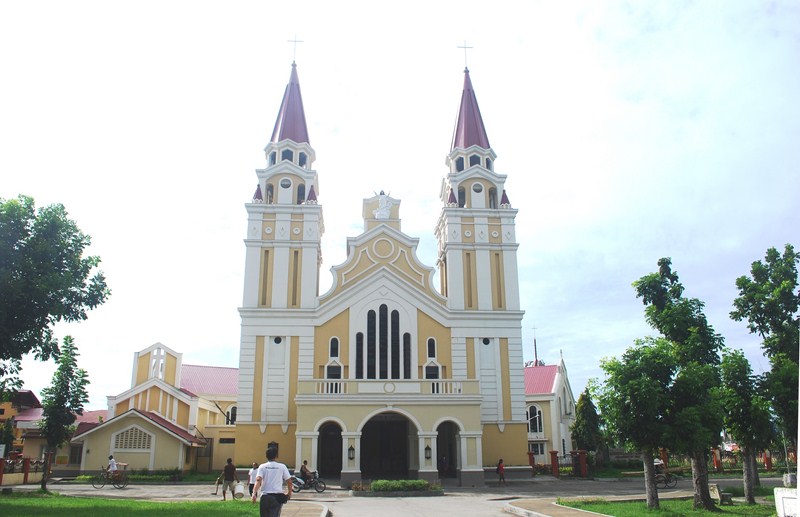
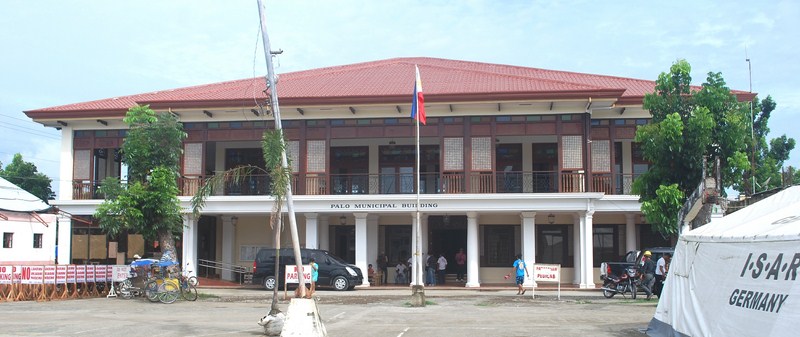
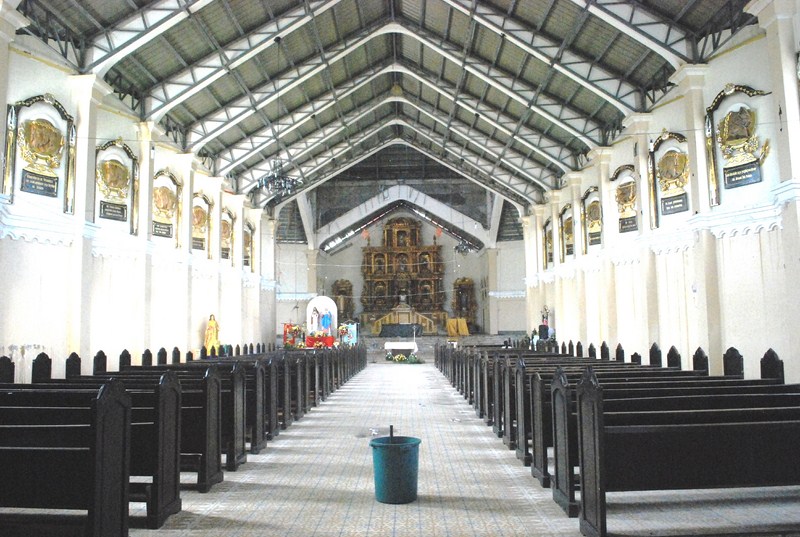
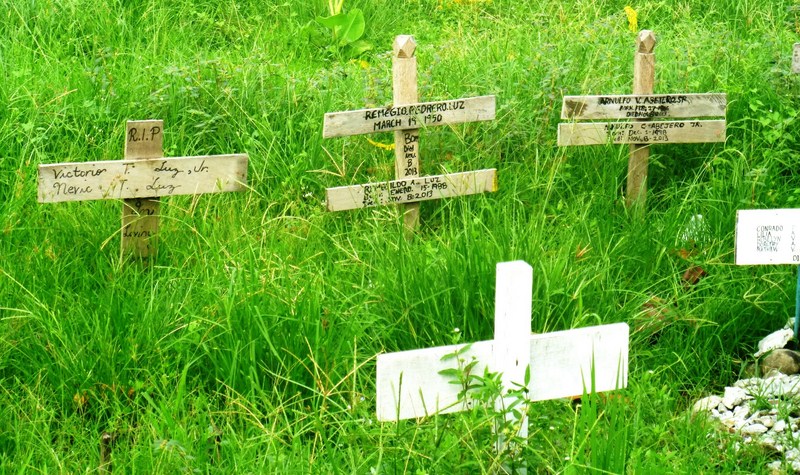
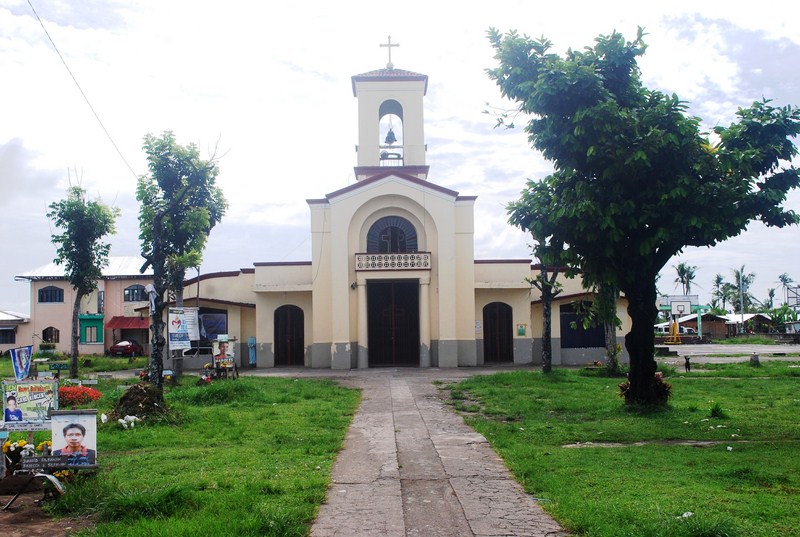
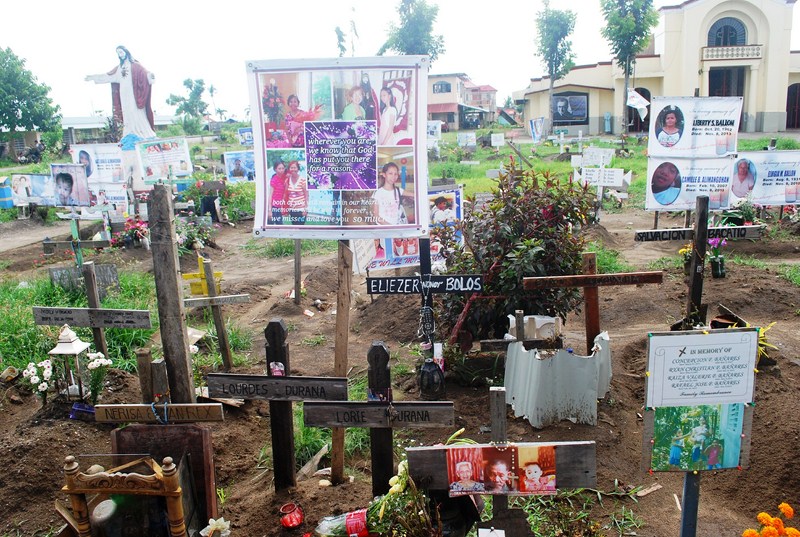
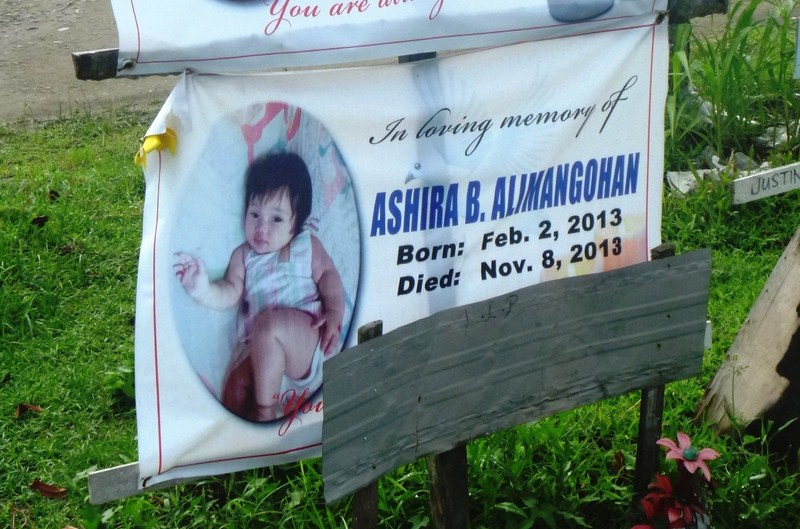
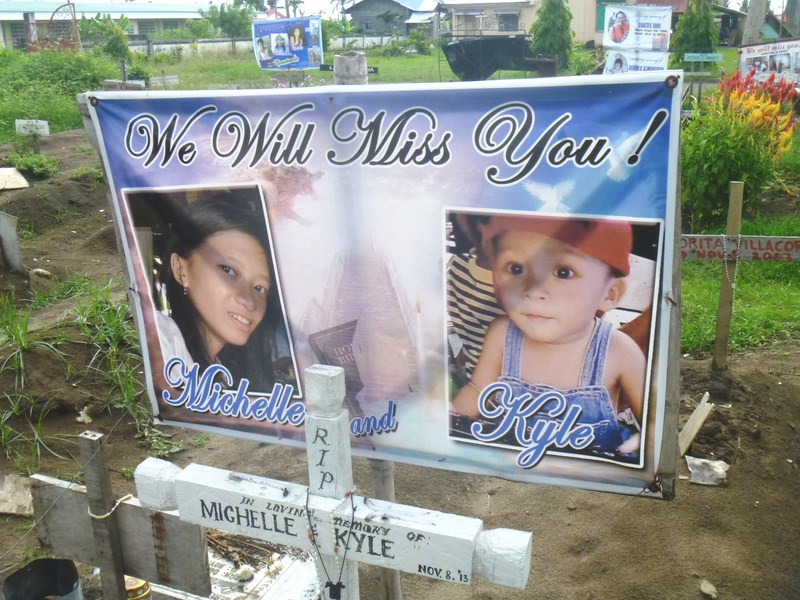
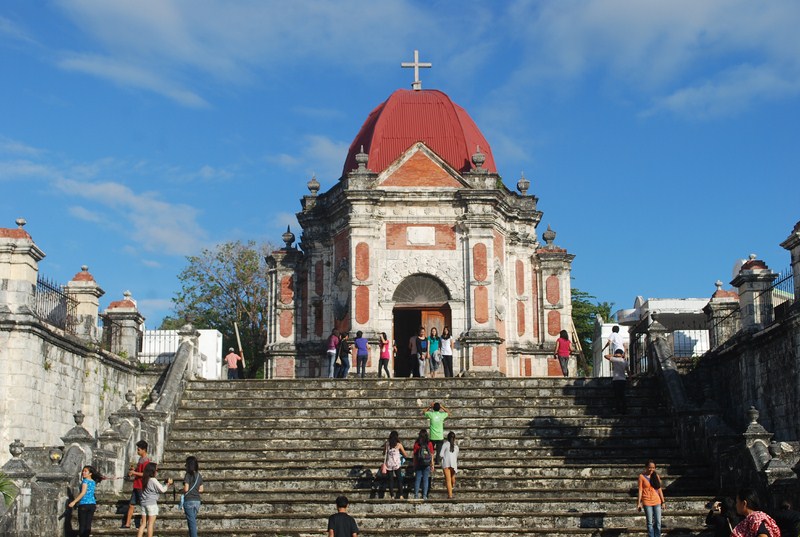
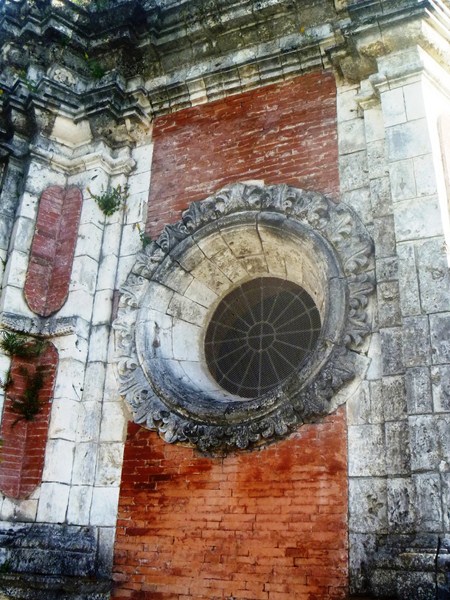
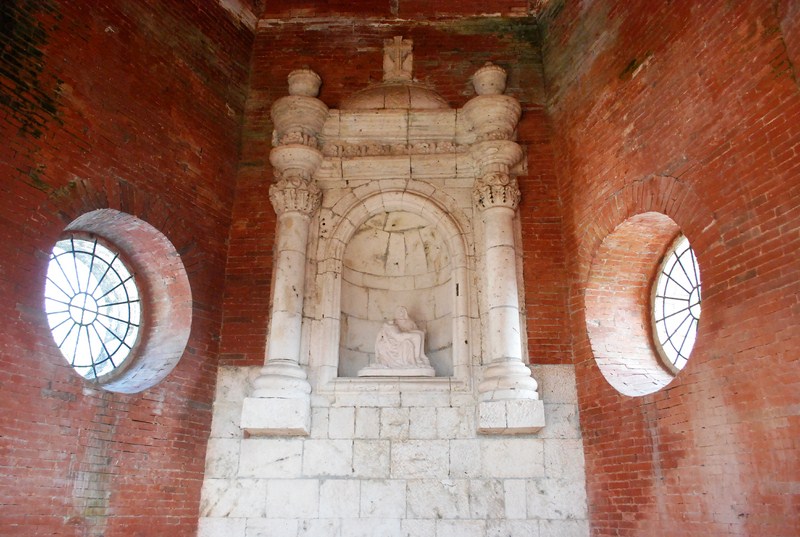
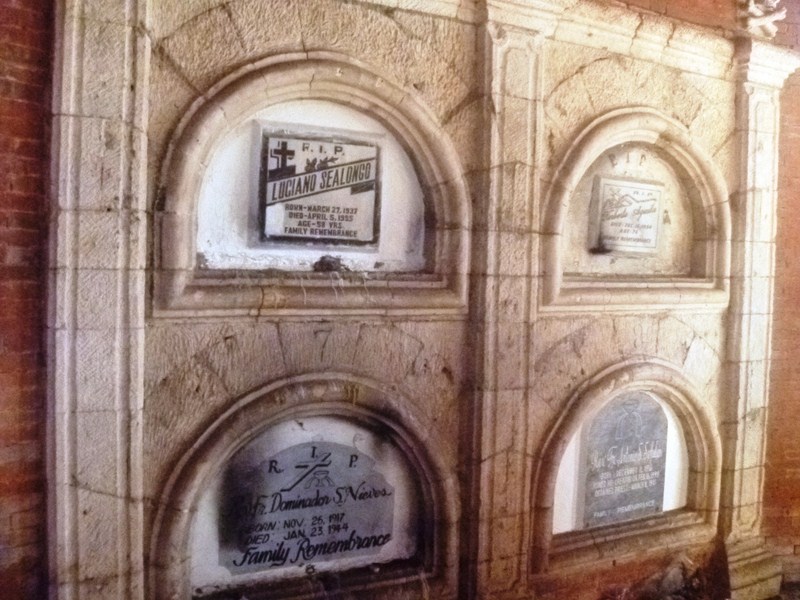
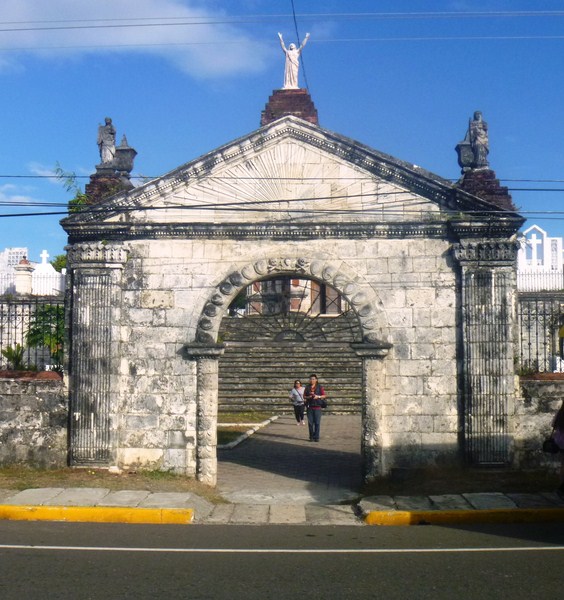
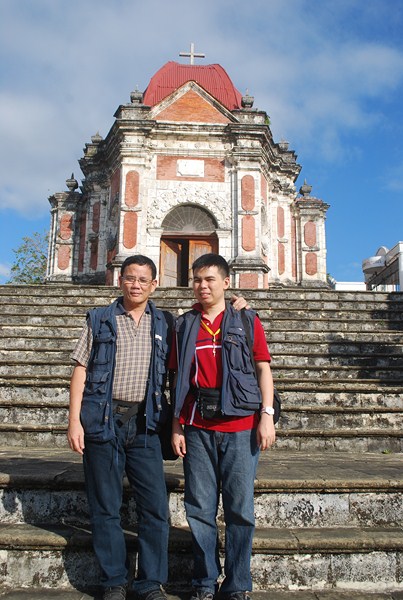

.jpg)
.jpg)

